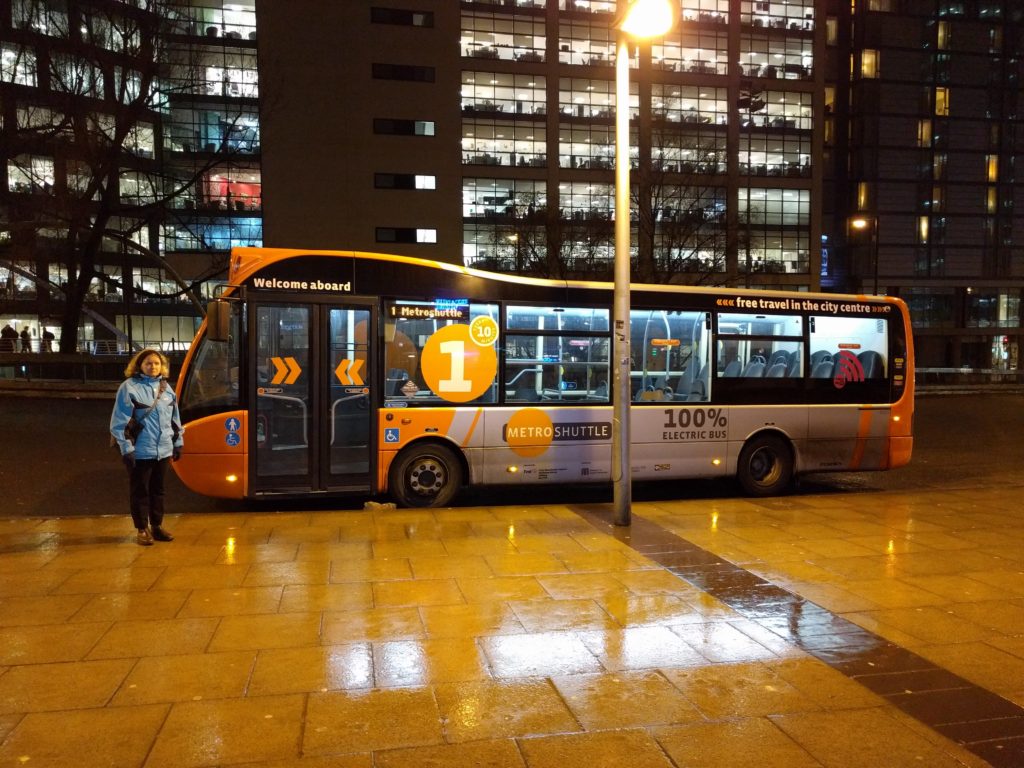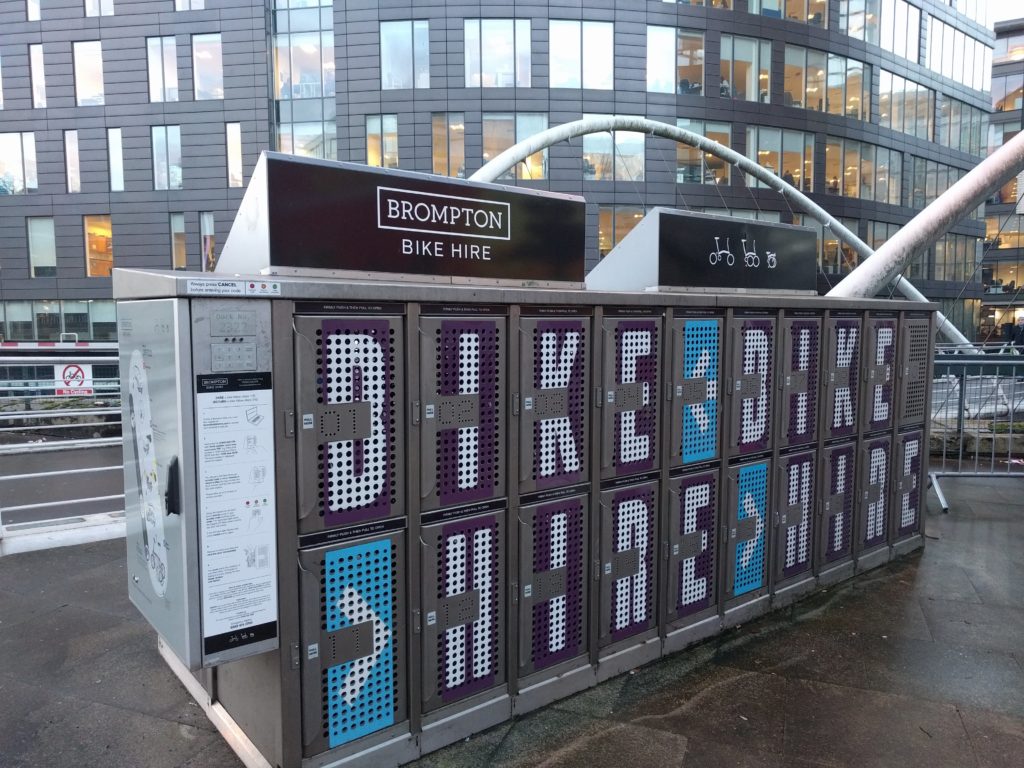I received the letter below from Jamie Austin, the Director of the Transportation Policy Branch MTO. The original letter is here, I have made the text available below and I have added links to the programs Mr Austin discusses. I am very grateful to Mr Austin for taking the time to respond and I think he is offering some insights into how the Province will address the issues we see with the EV programs. As a community we still have a lot of work to do to address some of the policy gaps.
Our review is here, I suggest you read it first if you have not seen it before.
Dear Mr. Eglin,
Thank you for your email to the Honourable Steven Del Duca, Minister of Transportation dated October 5, 2017 and your emails regarding your review of Ontario electric vehicle programs. I appreciate your interest and enthusiasm for electric vehicles, and assure you that we share your ambitions for the electrification of transportation in Ontario. As a follow up to our brief discussion on these matters at the ITS World Congress in Montreal, I am happy to respond to you in greater detail on behalf of the Ministry of Transportation.
Electric Vehicle Incentive Program (EVIP) and Electric Vehicle Charging Incentive Program (EVCIP)
I appreciate your positive feedback of EVIP and EVCIP, and acknowledge that there have been unfortunate delays in processing applications for these programs. While I am happy to report that demand for these programs has significantly increased over the last year, this led to a backlog in processing applications and making payments to program recipients. The Ministry of Transportation has recently committed new resources to the management of these programs in order to address both the current backlog and ongoing increased demand, and I’m pleased to say that this issue should be mitigated in the near future.
Electric Vehicle Chargers Ontario (EVCO)
EVCO was an application-based program that received an overwhelming response of over 200 applications. Applicants identified what they felt were good locations for the deployment of EV chargers. Because program recipients are responsible for the ongoing maintenance and operation of the chargers it is important that they themselves choose the locations, giving due consideration to the business plans under which they operate. Through the evaluation process, cost efficiency, appropriateness of the site and the number of stations per site were carefully considered, with a focus on the greatest possible connectivity of the network from among the eligible applications received.
As you have noted, there are a number of chargers that are planned under the EVCO program that are not presently listed on our website/program map. For a number of reasons, such as site conditions or host business decisions, some sites originally planned under the EVCO program have been determined to be unsuitable. In these cases wherever possible, EVCO program recipients have been proposing replacement sites to the government for consideration. These sites are added in to the EVCO map as they are approved for inclusion in the program. Where alternative locations cannot be found, projects will be modified to a smaller number of chargers/locations and the government will recover a portion of the funding that was allocated. The program is currently tracking towards the installation of nearly 300 level 2 chargers and over 200 level 3 chargers at approximately 250 locations across the province, and is currently two-thirds complete.
I note you have also observed some customer service issues with EVCO recipients. We do expect that EVCO recipients, and particularly operators of level 3 chargers, operate a 24/7 toll-free customer assistance number so that drivers can report outages and malfunctions, obtain assistance with point-of-sale and customer authentication, or to request assistance operating the charger. We are working with EVCO recipients to ensure they are meeting these expectations and we believe the issues that you have observed will improve over time.
Moving forward, we will be working to implement actions in the Climate Change Action Plan (CCAP), such as the rapid deployment of charging in government facilities, workplaces, multi-unit residential buildings, downtowns and town centres. CCAP includes up to $80 million over four years, for the continued deployment of EV charging infrastructure. We will be launching the first programming with these additional funds in the near future. As part of our program planning, we are monitoring the use of EVCO charging stations to better understand remaining service gaps. As we move towards our future plans, we will be sure to keep your suggestions in mind and welcome any additional suggestions that you may have.
I should also acknowledge the investments that the federal government is making in charging in Ontario, including projects under the Electric Vehicle and Alternative Fuel Infrastructure Deployment Initiative (EVAFIDI) and the Energy Innovation Program (EIP). We are also working closely with Natural Resources Canada to identify other opportunities for investment in Ontario.
Reduced Output Fast Chargers
Your observation about some level 3 chargers having reduced output in your review and your email addressed to Minister Del Duca is correct, as is your assessment about the root cause – that 50 kW is the threshold after which higher demand fees are incurred. This is in part associated with local distribution company (LDC) policies across the province, many of which will not permit secondary electrical services to a property for safety considerations. Accordingly, some EVCO recipients have reduced the total output of fast chargers to between 30 and 40 kW. Under a program like EVCO, the only alternative would be significantly fewer chargers or to have level 2 chargers installed. We understand your concerns about this matter and are currently determining the best approach to ensure that this information is communicated to the public transparently.
Cost of Charging
Recognizing that EVCO program recipients are responsible for all operating and maintenance costs of the chargers installed as part of their projects, the province did not specify the rate that would be charged by public charging stations. Fees are set by the owner/operator of the charger, and you will find a variety of fees across the province ranging from free to $17/hour, depending on the charging speed and other factors (i.e. parking included, etc.). We are monitoring the pricing for EV charging in Ontario at both EVCO and non EVCO chargers and reserve the right to intervene where the province determines fees at EVCO chargers are unreasonable.
With regard to kWh pricing for EV charging, there are additional regulatory considerations which fall under the authority of Measurement Canada, specifically under the Weights and Measures Act. The province of Ontario has had an open dialogue with the federal government on this through work related to the upcoming national Zero-Emission Vehicle (ZEV) Strategy, and we are monitoring the federal government for any regulatory changes or developments. Chargers installed as part of the EVCO program were required to have the capability to charge by kWh, so if and when these federal rules are changed EVCO recipients will have the flexibility to use kWh pricing if they choose.
EV Supply Management
Ontario has not opted to proceed with establishing a ZEV mandate, such as the approach taken in Quebec, as Ontario believes that a collaborative approach with a province-wide sales target that represents a collective goal will be the most effective approach. Through the Electric and Hydrogen Vehicle Advancement Partnership (EHVAP), the province is working closely with automakers, unions and other interested stakeholders to ensure that there is an adequate supply of EVs available in Ontario to meet demand over the next few years. We are also monitoring EV policies from other jurisdictions, including Quebec, with a particular interest on any potential impacts in Ontario.
In closing, I would like to thank you again for your feedback on Ontario’s electric vehicle programs. We are continually looking for opportunities to improve and adapt our programming to meet a fast evolving sector. I believe that we share the same enthusiasm for electric vehicles and optimism for the potential they offer to reduce greenhouse gas emissions, improve air quality, and lower transportation costs for all Ontarians. Thank you for your commitment to the electrification of transportation in Ontario.
Sincerely,
Jamie Austin Director
- Darryl Soshycki, Manager, Sustainable and Innovative Transportation Office, Ministry of Transportation
Views: 71






